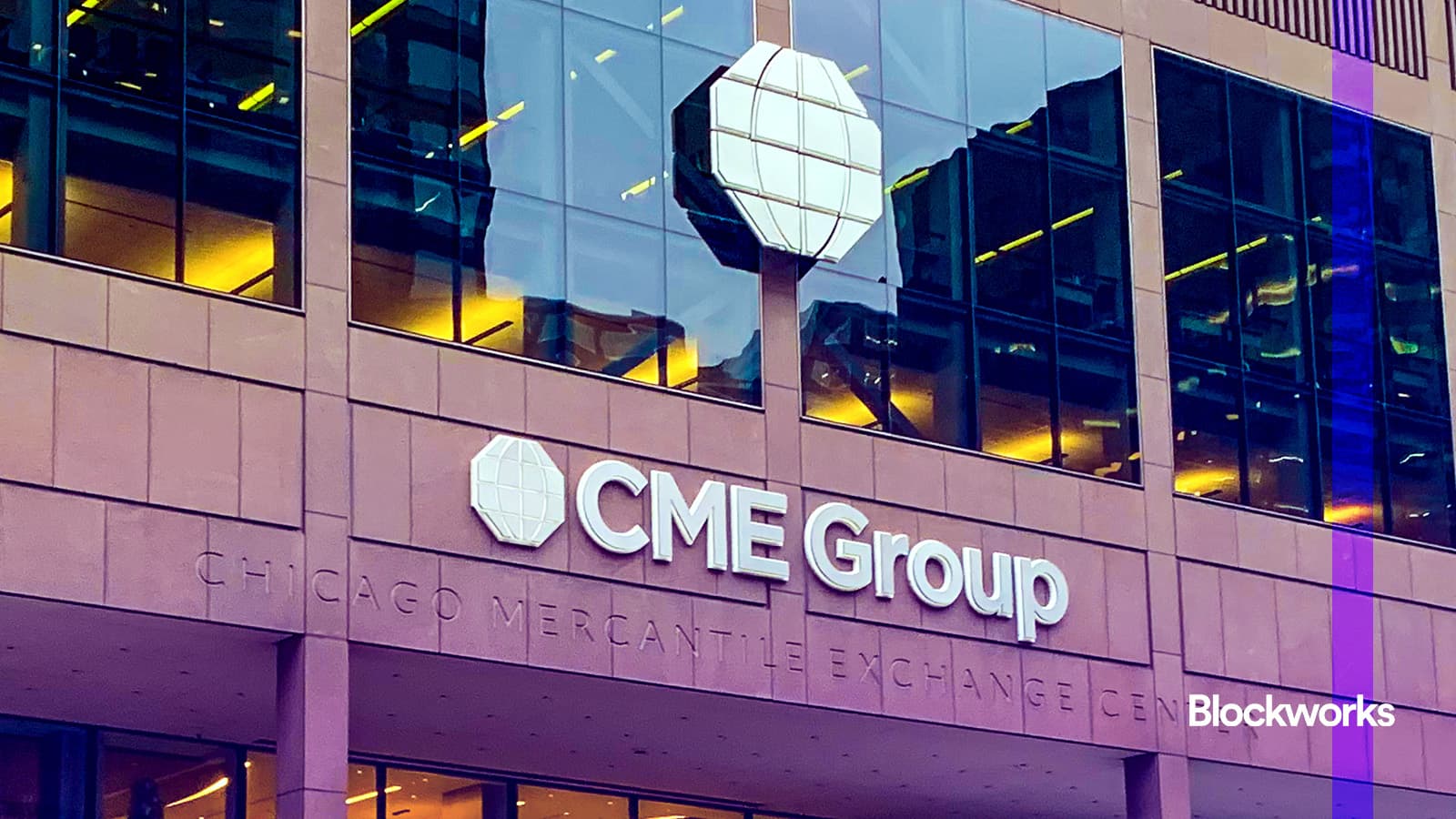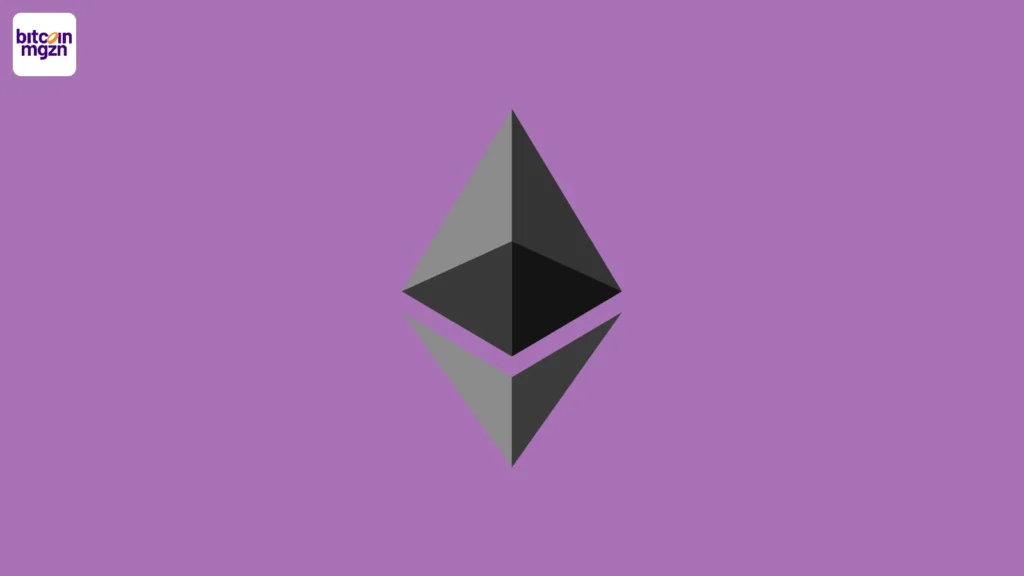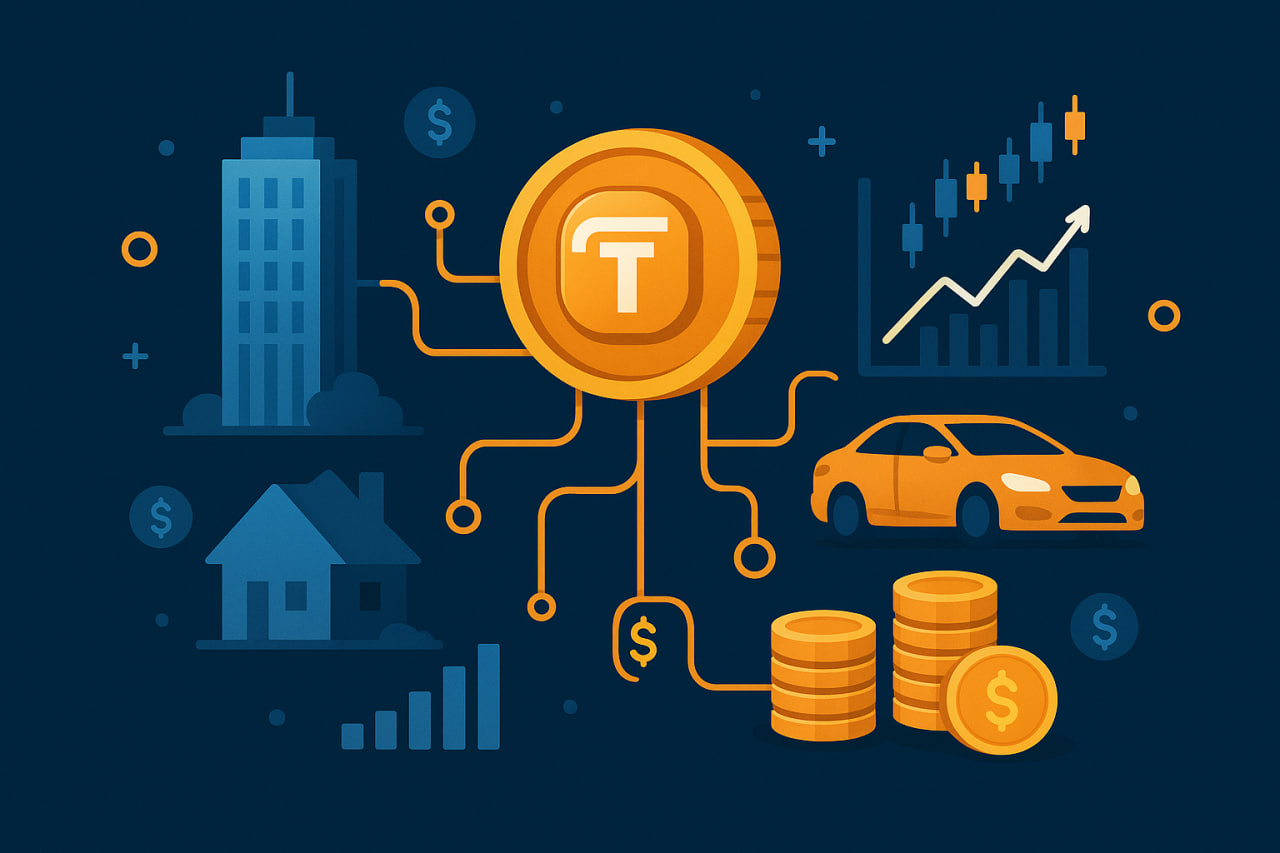Monad (MON) Airdrop: All You Need to Know as Date Approaches

Monad (MON) is a high-speed layer-1 blockchain that is compatible with the Ethereum Virtual Machine (EVM). The blockchain aims to tackle a bottleneck problem that has plagued the Ethereum network – scalability.
Launched in 2022, Monad is on the mission of bringing all the benefits of Ethereum, but this time, much faster. The development team behind the project has announced a MON airdrop for the Monad community on October 14th. The airdrop has sparked a massive buzz within the crypto community.
This article discusses everything you should know about the L1 blockchain, its airdrop, and how eligible users can claim their MON assets.
Understanding Monad
Monad is a blockchain network that leverages the Ethereum Virtual Machine (EVM), the underlying technology upon which Ethereum was built. The L1 blockchain is built by Monad Labs.
Behind Monad Labs are former Jump Trading employees, Keone Hon (CEO) and James Hunsaker (CTO), and former Bank of America employee Eunice Giarta (COO). The team has raised large amounts in funding from investors like Paradigm and Galaxy Digital. This shows that big players in the crypto industry believe in its potential. It also forged various partnerships to grow its presence.
What exactly is Monad trying to achieve? It is aiming to fix the issues that have hindered Ethereum from scaling massively. Admittedly, Ethereum has pioneered the growth of smart contract-enabled crypto projects. Still, it struggles to facilitate fast and cheap transactions. Presently, it processes approximately 15 transactions per second (TPS). This figure is a far cry from blockchains like Solana and BNB Chain.
Monad addresses this drawback through two integrations: Parallel Execution and Superscalar pipelining.
EVM blockchains like Ethereum are slow because they use sequential execution. The parallel execution is a game changer. Solana, for instance, uses the parallel execution to attain a TPS of around 1,000 and a block time of approximately 0.4 second. Monad uses parallel execution to facilitate similar transaction speed and block time. As a result, Monad users spend near-zero gas fees.
Monad’s superscalar pipelining entails grouping on-chain tasks and executing them in parallel. To illustrate, suppose a laundryman has four loads of clothes to wash, dry, fold, and store. The usual thing to do would be to complete the process for the first load before proceeding to the next. However, this process would slow down the entire process. An efficient approach is to commence washing the second load of clothes when the first load is drying (the second stage). Then, the third load commences when the second load is drying and the first load is being folded.
The blockchain’s development team uses this analogy to tackle matters such as state storage (MonadDB), transaction processing (asynchronous execution), and distributed consensus (MonadBFT).
While at it, Monad offers complete EVM interoperability, meaning it works with the same tools, wallets, blockchain explorer, and smart contracts that Ethereum uses. As a result, developers who already build on the Solidity-focused Ethereum can easily migrate to Monad without changing anything to their existing DeFi protocol.
Monad launched its public testnet in February 2025. This means that users can try out the network, report bugs, and test new features before the official mainnet launch. For instance, users can swap tokens, use NFT platforms like Monadverse, and deploy smart contracts. Those interested in decentralized finance (DeFi) can even stake, provide liquidity, lend, and borrow cryptocurrencies on Monad-based decentralized exchanges.
As of the day before the airdrop, the blockchain remained in its testnet phase. Still, the development team disclosed that the public mainnet will be deployed before the end of 2025.
What is the MON Token?
MON is the native cryptocurrency for the Monad ecosystem. It has a fixed total supply of 100 billion tokens.
The crypto asset has yet to be launched as of the time of writing. Also, the project has not released details about the coin’s utility, tokenomics, or other necessary details. Still, the project’s native coin will potentially play key roles in driving more engagements with the blockchain.
For instance, MON will be used to settle gas fees on transactions executed on the blockchain. It could also be staked to protect the network, become a validator, and maximize yield. The blockchain’s team could also leverage MON for on-chain governance, enabling holders to vote on proposals that govern how the network is geared.
Holding and using MON might even qualify you for future bonuses or incentives within the ecosystem.
The MON Airdrop
The Monad team revealed that the MON airdrop will commence on October 14th, 2025. Presently, details like who will receive the coins and how much each person will receive are not yet known. This means we don’t yet know exactly how many tokens will go to testnet users, developers, or community members.
Even before the airdrop, excitement is already building. On October 8th, 2025, the decentralized trading platform Hyperliquid listed MON-USD perpetual contracts. This way, perp traders can take long or short positions on MON in the pre-market stage. Since trading of the perp contract was priced at $0.13, industry leaders projected MON’s fully diluted valuation (FDV) to be around $13 billion, based on an estimated 100 billion total token supply.
While this figure is only speculation, it shows how much interest the crypto world has in Monad’s upcoming token. The project’s popularity and the strong reputation of its backers have made it one of the most talked-about airdrops of 2025.
How to Claim MON Airdrop
Having confirmed that you’re eligible for the MON airdrop, here’s a simple guide to claim your coins:
- Set Up a Compatible Wallet
To use Monad’s public testnet and eventually claim your tokens, you’ll need a compatible crypto wallet. Examples of compatible wallets include MetaMask, Phantom, and Trust Wallet.
- Open Monad’s Airdrop Portal
The next step is to open the official airdrop claim page, which goes live on October 14th by 13:00pm UTC. Once you’re on the website, connect your wallet to confirm your eligibility.
- Claim MON Airdrop
The final step is to claim the MON airdrop. To enable this, users may have to pay minimal gas fees.
The Future of Monad
For a blockchain still in testnet, Monad has shown remarkable ecosystem growth. With its airdrop only hours away, the crypto community remains curious about how many of the MON coins will be distributed to eligible wallet addresses.
In a case where a huge allocation of MON total supply is distributed to airdrop beneficiaries, and these tokens are unlocked immediately, the digital asset could see a rough start. This is because, historically, airdrop beneficiaries often rush to sell their holdings to cash in profits. Time will tell if the project will introduce a measure to tackle this hurdle.
Looking forward, Monad could debut a dedicated decentralized autonomous organization (DAO). Through this, users can vote on proposals and other decision-making matters involving the blockchain.
We could also see developers behind popular DeFi projects launch on the Monad blockchain. Already, the stablecoin-focused decentralized exchange Curve Finance has partnered with Monad. More may join the L1 blockchain in the future.
Conclusion
Monad is fixing one of Ethereum’s biggest problems. It harnesses parallel execution to make its blockchain more scalable. It is safe to say that the network’s incoming MON airdrop has earned it even more audiences. This article discussed how to claim the coins. Ensure you digest the information to guarantee a seamless airdrop claiming process.
The post Monad (MON) Airdrop: All You Need to Know as Date Approaches appeared first on CoinTab News.
You May Also Like

CME Group to launch Solana and XRP futures options in October

Ethereum koers toont zeldzaam dubbel koopsignaal en richt zich op $4.550
